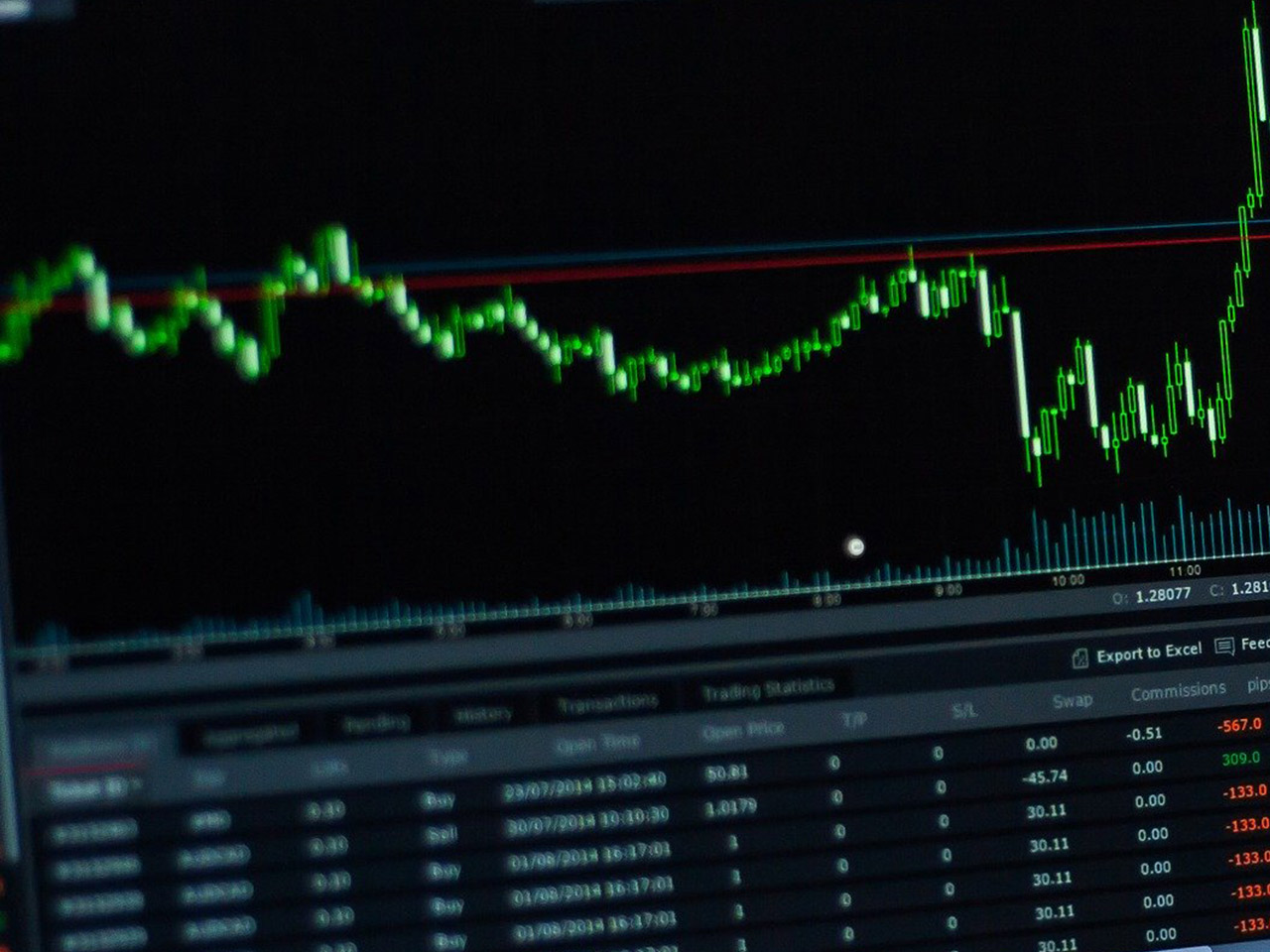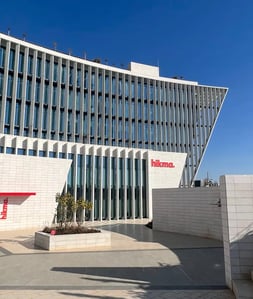BGM Group Ltd. (BGM), a key player in China’s healthcare sector, primarily operates within the Drug Manufacturers – Specialty & Generic industry. With a market capitalization of $1.93 billion, this Chengdu-based company focuses on the production and distribution of active pharmaceutical ingredients (APIs), traditional Chinese medicine derivatives (TCMD), and various by-products. Despite its strategic positioning in a crucial sector, BGM is currently navigating several financial challenges, which present both risks and opportunities for investors.
At $9.635 per share, BGM’s stock price is positioned within a 52-week range of $6.40 to $16.36. This suggests a significant fluctuation over the past year, reflective of broader market volatility and company-specific developments. The company’s stock performance, with a marginal price increase of 0.03%, underscores a period of consolidation, potentially indicating investor caution amidst its current financial trajectory.
A deep dive into BGM’s financial metrics reveals a concerning revenue contraction of 56.90%. This decline is coupled with a negative earnings per share (EPS) of -0.29 and a return on equity (ROE) of -16.52%, highlighting the company’s struggle to translate its operations into profitability. However, BGM’s free cash flow stands at $3,356,245, providing a cushion that could support ongoing operations or strategic investments aimed at reversing the downturn.
Valuation metrics are notably absent, with unavailable data on P/E ratios, PEG ratios, and other common financial indicators. This lack of transparency could be a red flag for potential investors, requiring a cautious approach and further investigation into the company’s financial health and reporting practices.
BGM’s product portfolio is diverse, encompassing licorice products such as Gan Di Xin, a known antitussive and expectorant, and Qilian Shan licorice extracts used in pharmaceutical manufacturing. The company’s offerings extend to oxytetracycline tablets for both human and veterinary applications and a range of TCMD and heparin products targeting chronic skin diseases and cardiovascular conditions. Notably, BGM also ventures into agricultural products with its Xiongguan organic fertilizers, reflecting a broad yet strategically aligned diversification strategy.
Despite the breadth of its product line, BGM is yet to attract analyst attention, as evidenced by the absence of buy, hold, or sell ratings. This lack of coverage could suggest that the stock is flying under the radar, possibly due to its current financial performance or market perception challenges.
From a technical perspective, BGM’s 50-day moving average of 9.07 is slightly below its current price, while the 200-day moving average stands at 10.26, indicating a longer-term bearish trend. The Relative Strength Index (RSI) of 37.55 suggests that the stock is nearing oversold territory, which might appeal to value investors seeking an entry point. Meanwhile, the MACD and signal line indicators present a neutral stance, calling for cautious optimism.
For investors considering BGM, the current landscape offers a dual narrative. On one side, the significant revenue decline and lack of profitability pose immediate challenges that could impact short-term performance. On the other, the company’s diverse product offerings and strategic sector presence provide a foundation for potential recovery and growth, particularly if management can effectively address operational inefficiencies and capitalize on market opportunities.
As BGM continues to navigate its financial recovery, individual investors should weigh these factors carefully, keeping a close watch on any shifts in strategy, market conditions, and financial reporting that could influence the company’s future trajectory.





































